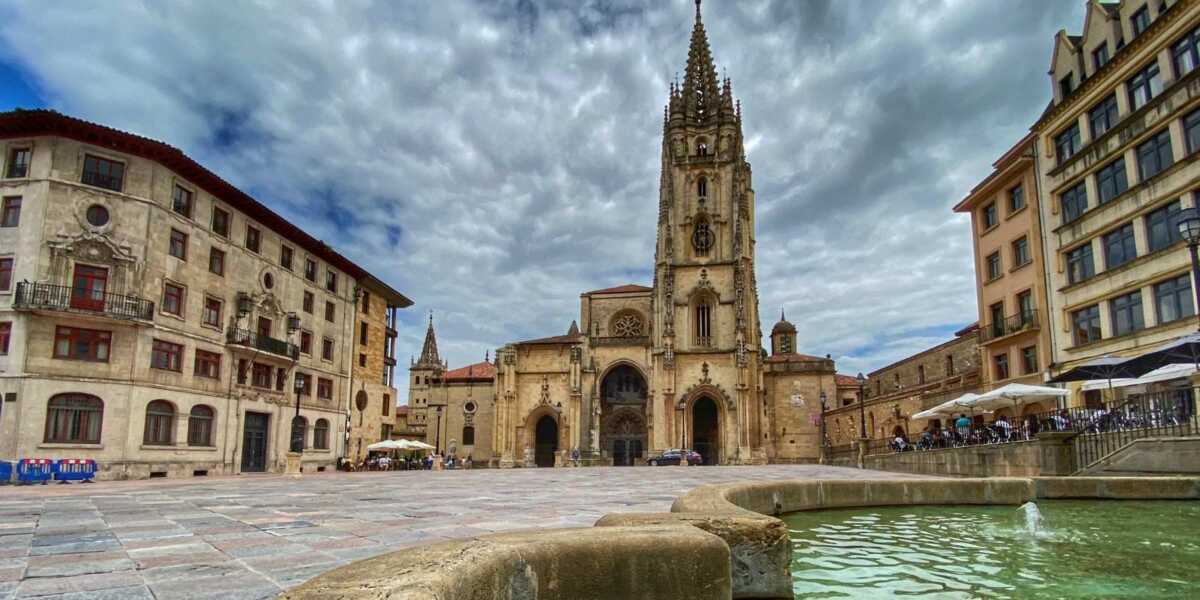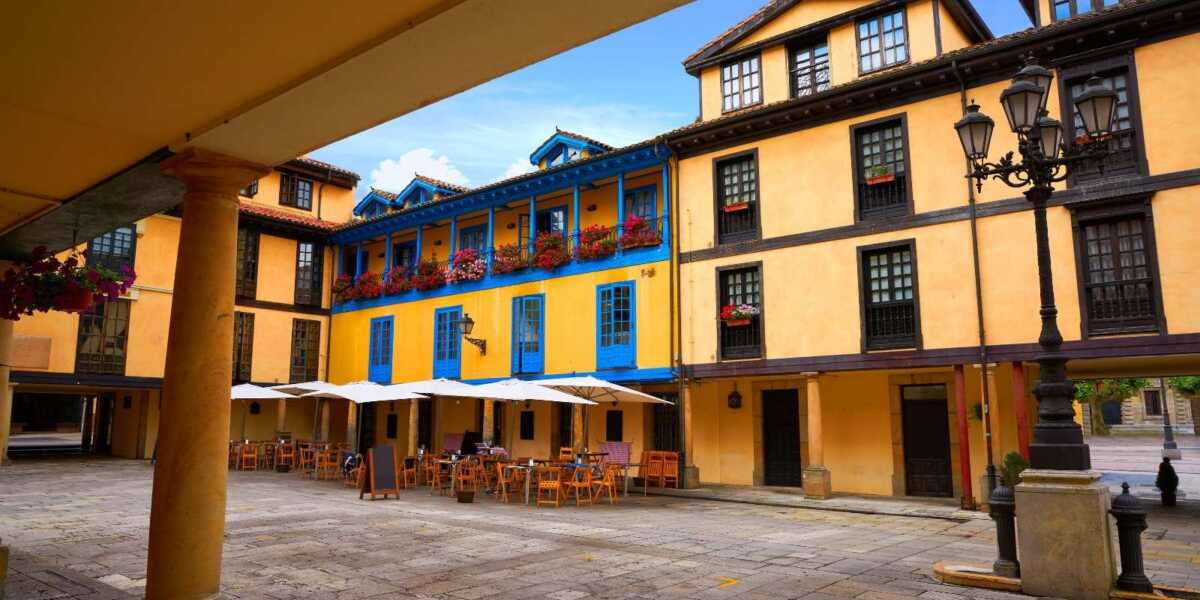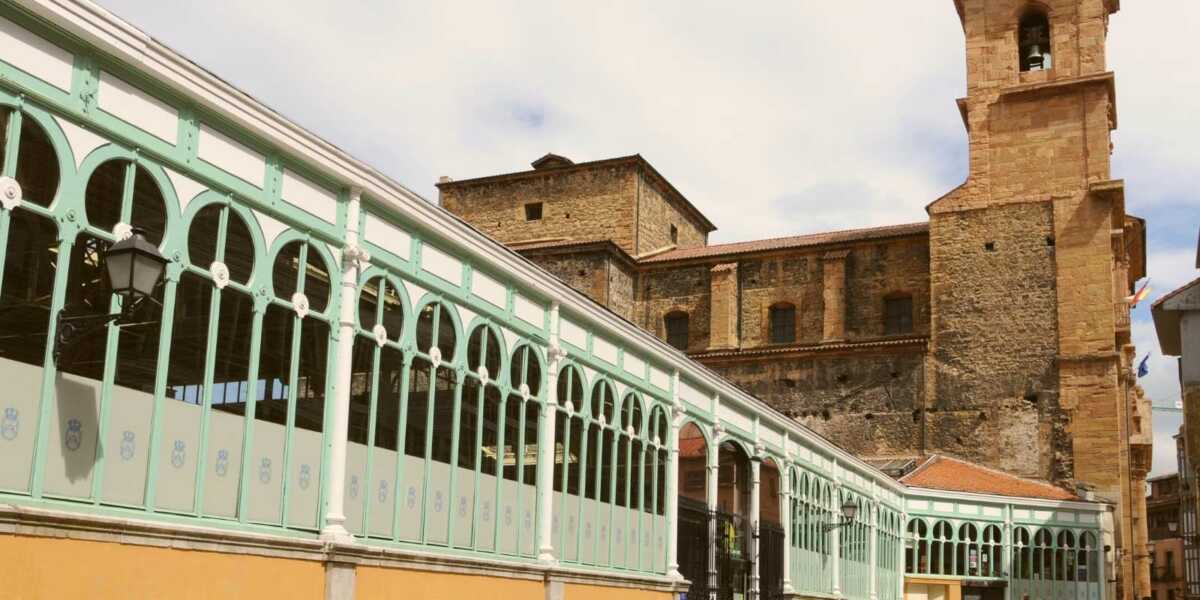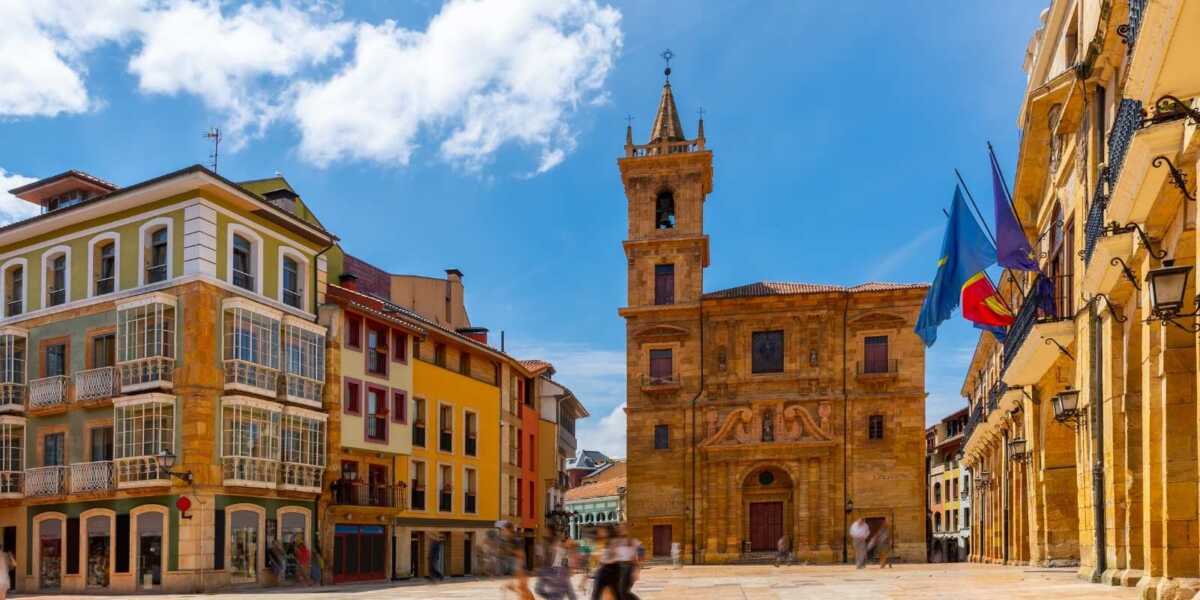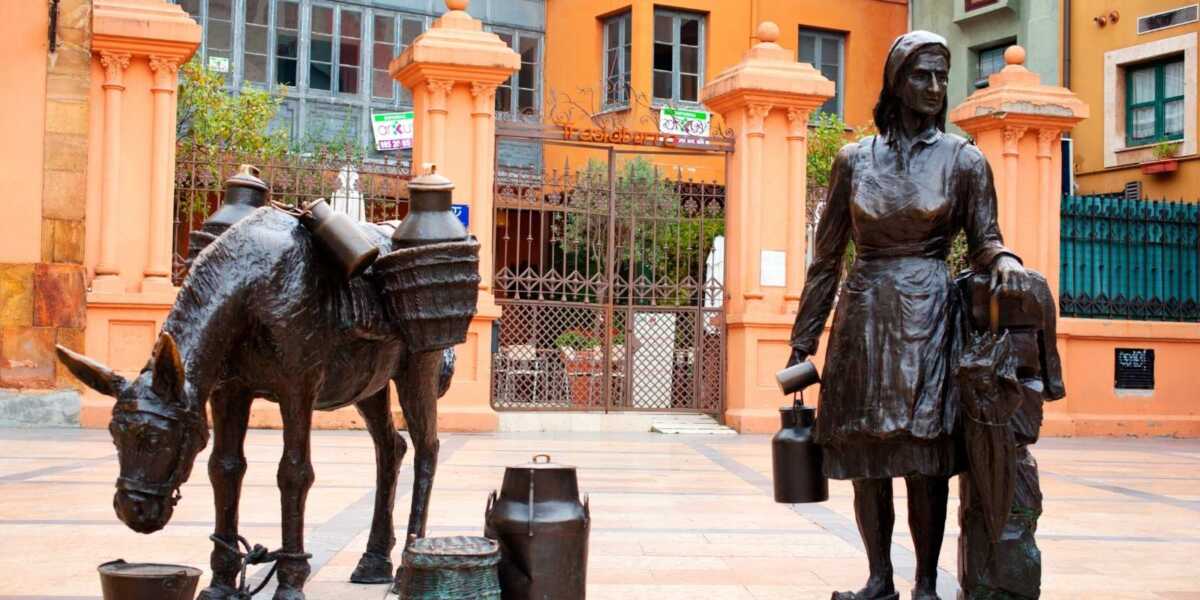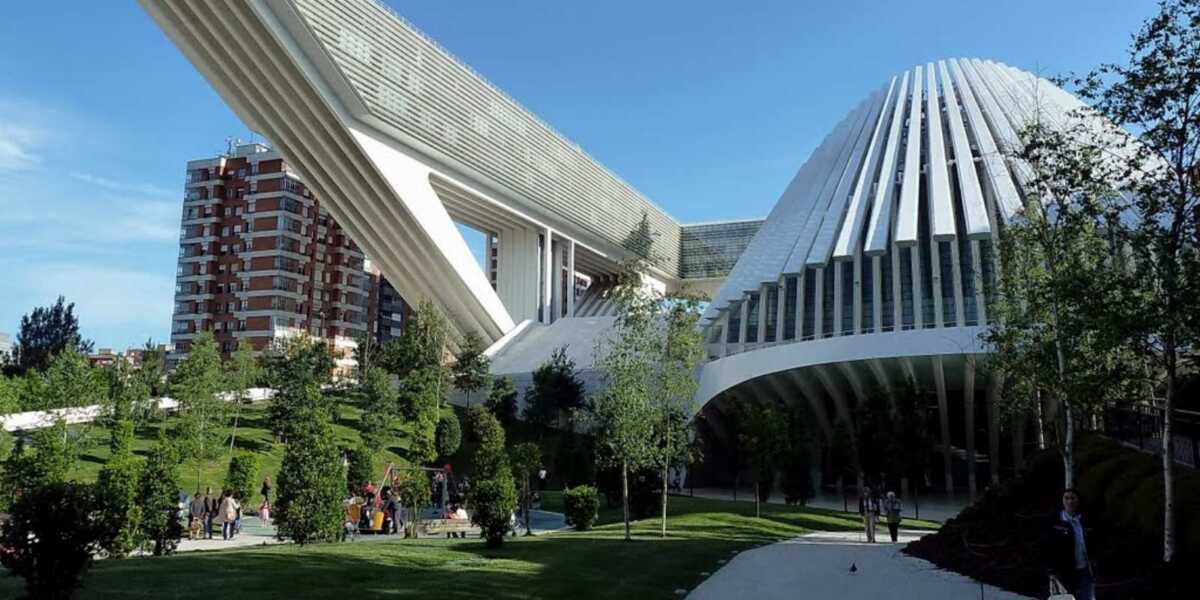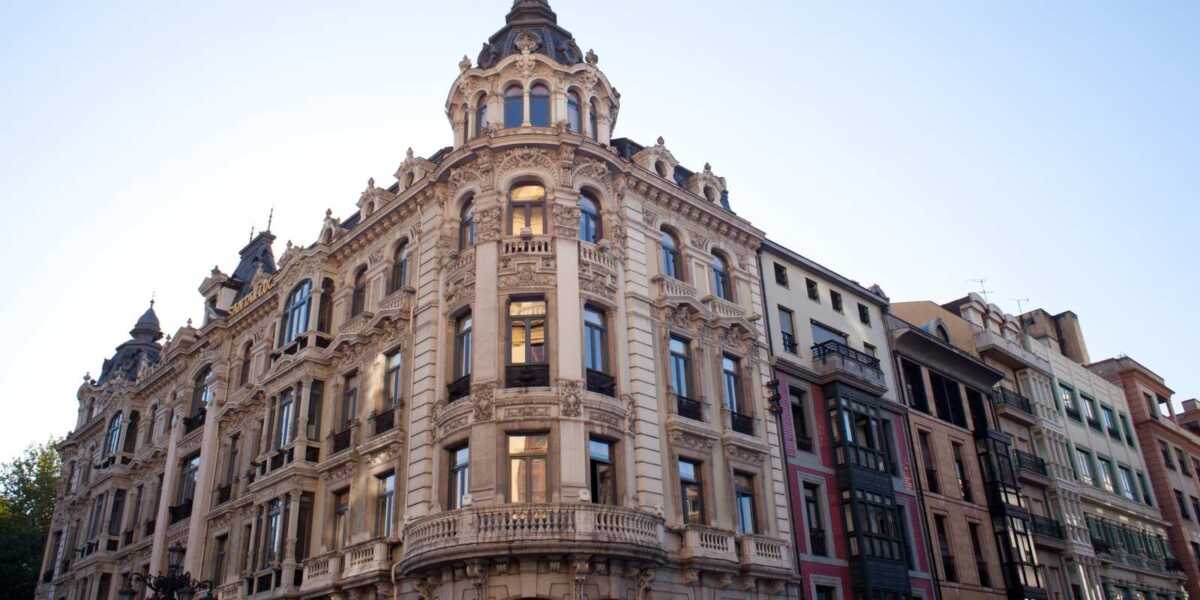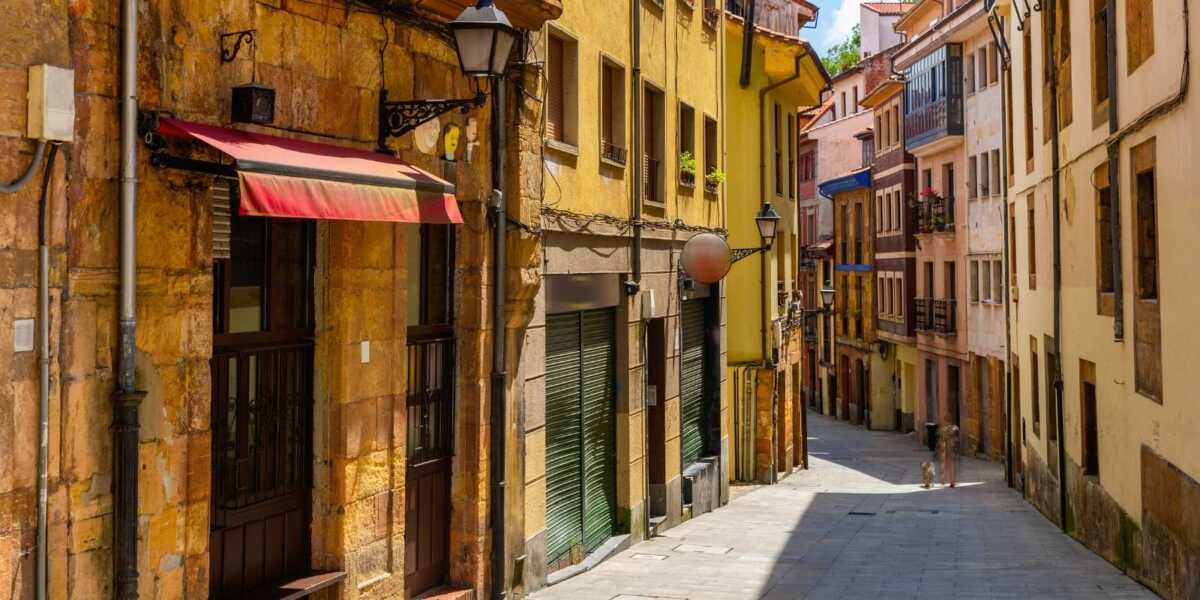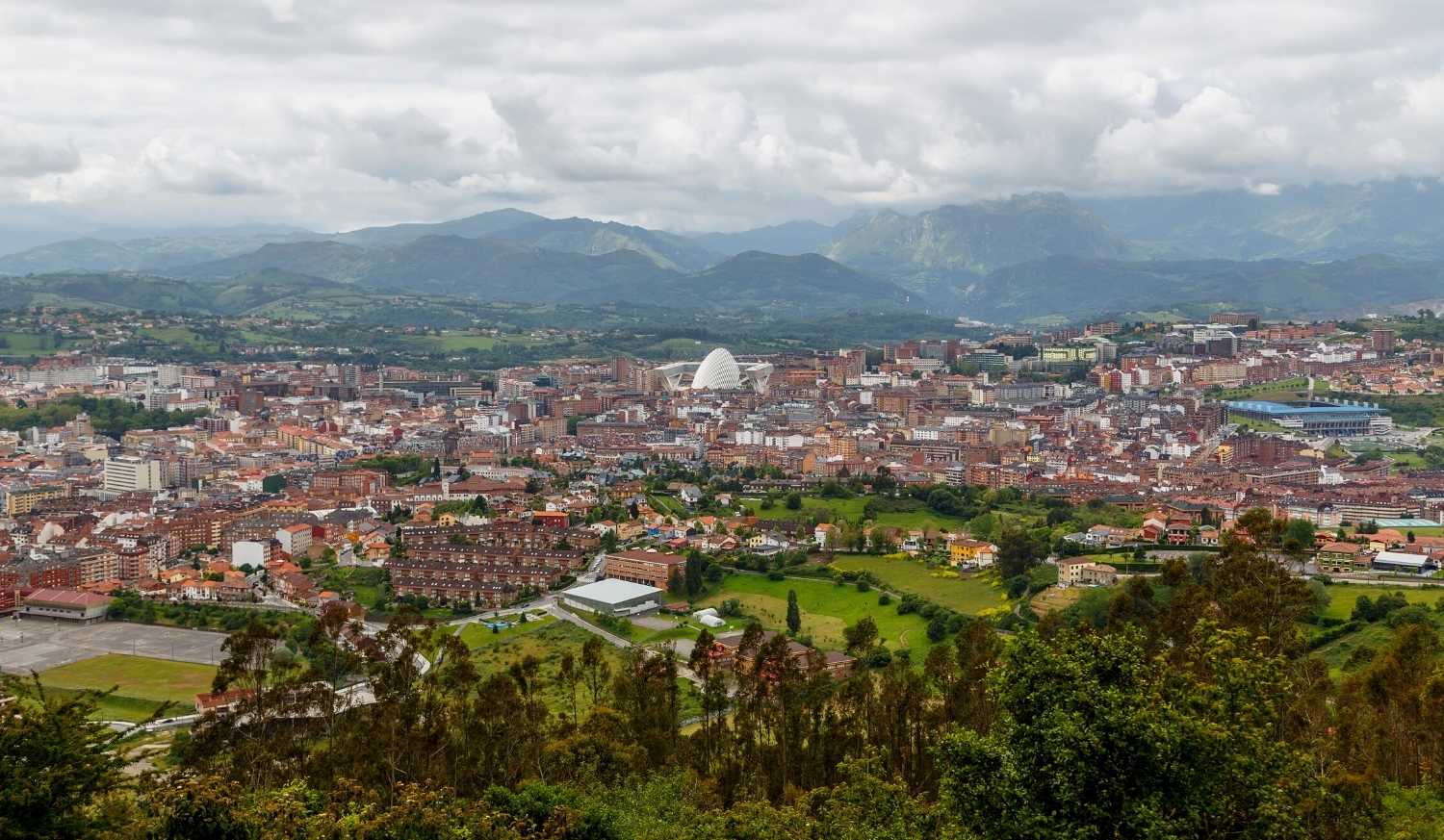
Information about Oviedo
Oviedo, capital of the Principality of Asturias, is one of the most fascinating cities in the north of Spain. A very noble city, very loyal, meritorious, undefeated, heroic and good are some of the mottos of its coat of arms, and the truth is that it is not without reason.
In Oviedo, quick visits are not enough. Getting to know the “Vetusta” of which Leopoldo Alas Clarín spoke in La Regenta requires a stroll through the old quarter. Having a cider in El Fontán square, shopping in the market, visiting the Cathedral, wandering through the narrow streets near the basilica, or taking the time to stroll around the most traditional squares are some of the essential ways to get to know the essence of Oviedo in depth.
What to see and do in Oviedo
The Cathedral of San Salvador
Undoubtedly the great jewel of Oviedo is the Cathedral of San Salvador, a mecca of pilgrimage for centuries thanks to the fact that it houses the most important collection of relics of Christianity in Spain.
The Cathedral is in the Plaza Alfonso II and, in one of the corners of the square we can observe a statue of Ana Ozores, La Regenta. The popular work of Leopoldo Alas “Clarín” took place in Vetusta, which is the name with which he masked the city of Oviedo and which was a scandal at the time.
The building was begun in the 13th century and completed three years later. It is located where once stood the original cathedral in the ninth century, pre-Romanesque style. Some buildings of that first cathedral, such as the Holy Chamber, have survived the passage of time.
The Holy Chamber has been declared a World Heritage Site by Unesco . Inside it holds the Victoria crosses, symbol of the Principality of Asturias, and the Angels, symbol of the city. It also keeps the Box of Agates and the Holy Ark, which contains relics such as the Holy Shroud, a linen handkerchief stained with blood and venerated as a burial garment of Jesus of Nazareth.
Fontán Square
The Plaza del Fontán is the epicentre of the city and a meeting and recreational point for the people of Oviedo. It is located where centuries ago there was a natural lagoon fed by springs and fountains, hence the name. After an intense rehabilitation of its facades, the square is now one of the most beautiful places in the old town of Oviedo and continues to host street stalls, as well as the square of Daoíz and Velarde and the surrounding streets.
Fontán Market
One of the most wonderful places in Oviedo is the Fontán Market. Located in the same Plaza del Fontán, this market was built by the architect Javier Aguirre in 1882, finishing its construction in 1885, and is included in the catalogue of protected buildings of the City Council of Oviedo. Unlike other markets, this one stands out for its large windows that provide a lot of light. Just as farmers used to come to this square to sell their produce, today we can find plenty of stalls full of fresh produce. In the surroundings we can also find stalls selling traditional Asturian products.
The Constitution Square
The Plaza de la Constitución is one of the most central and important squares in the city. A strategic location from which we can access the most emblematic monuments of the city. The square began to be built in the 17th century and has had many different names: Plaza de la Ciudad, Plaza Mayor, Plaza Real and Plaza de la República. It was also one of the most damaged places in the city during the Civil War.
Trascorrales Square and statue of the milkmaid
Trascorrales Square is one of the most beautiful squares in the city. It is a small but very cozy square, where we find the famous statue of “The Milkmaid”, which we have seen so many times in postcards. It is located in the labyrinthine streets of the old town, near the Town Hall Square and the Fontán Market.
Oviedo Conference Centre
This building is known as “El Calatrava” by the people of Oviedo, a name it owes to its architect Santiago Calatrava. Its construction created a lot of controversy because its design for many does not fit with the city. Despite this, it has become a symbol of the city.
The Campo de San Francisco Park
The capital of Asturias also boasts a large green area in the heart of the city. The Campo de San Francisco is asmall lung located in the orchards of the disappeared Convent of San Francisco. It has 90,000 square meters and is a good option if you are looking for tranquility surrounded by nature.
Shopping in Uría Street
If you need to go shopping you should definitely go to Calle Uría. The construction of this street is not free of controversy either, as the Carbayón de Oviedo, a centenary oak tree of which today only a plaque remains on the ground of the Plaza de la Escandalera.
Gastronomy
If you like good food, in Oviedo you are going to be “fartucu”, or in other words, full to bursting. As in all cities, in Oviedo could not miss the wine street. If what you like is to go from bar to bar drinking wines, pinchos and tapas, your street is Manuel Pedregal. In the old town you will also find the famous Gascona street, known for its cider bars on both sides of the street. And if you’re in the mood for something sweet you should stop at Rialto, one of the city’s most famous confectioneries.

